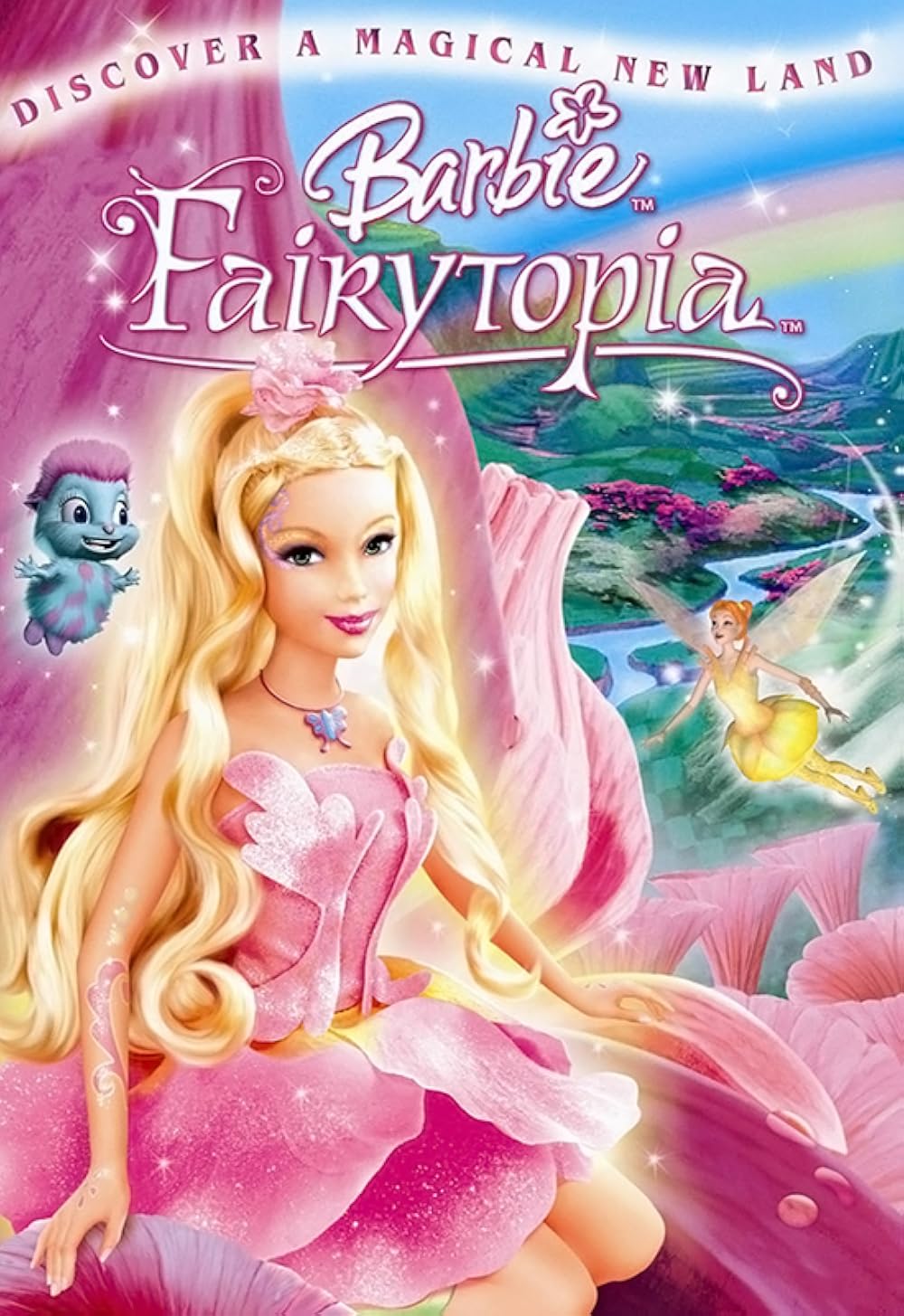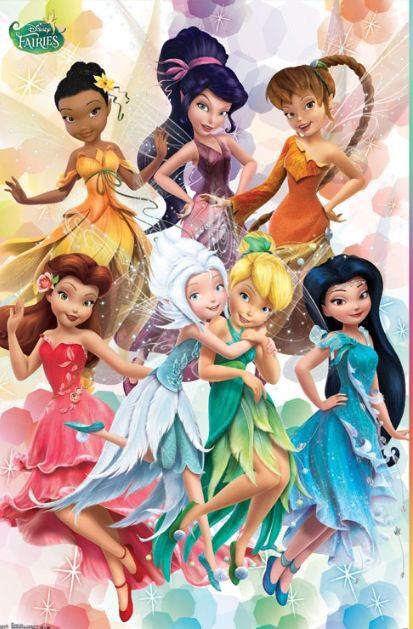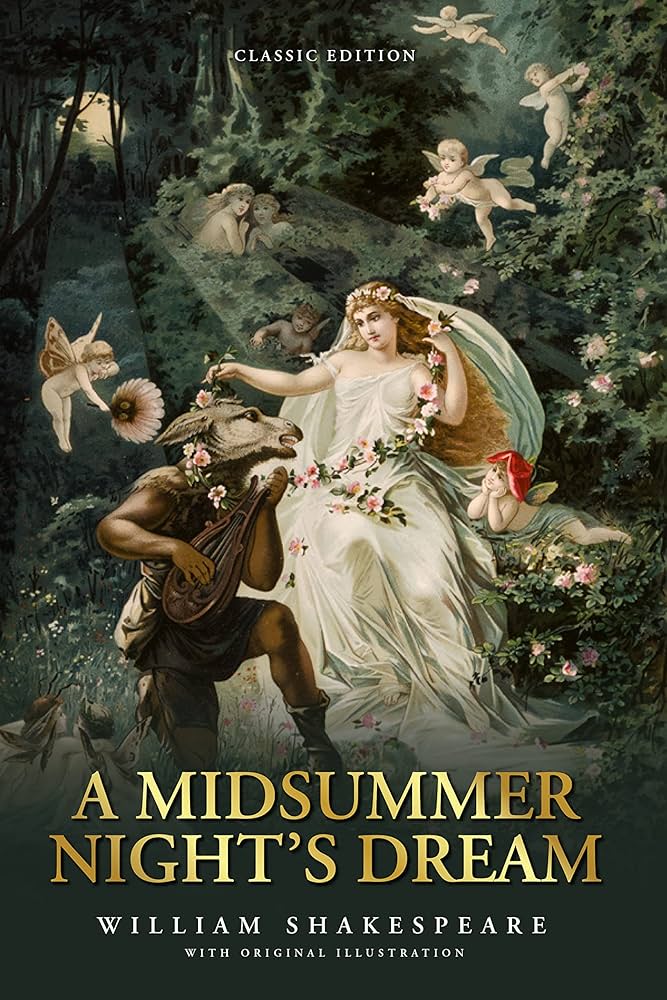
Eyela is an elf who lives in the world of Bayala. In this tour, we want to dive into some exciting stories and myths around fairies and elves as well as the distinction between these two species and how stories and myths changed over time, from Victorian age until today’s pop culture.
The history and mythology of elves and fairies is very broad and widespread, as they appear across many cultures. Examples are Tuatha Dé Danann in Celtic culture, Álfar in Norse, Peri and Djinn in Islamic and the Yōkai in Japanese culture (Hicks, n.d.). The Álfar, Elves, were god-like beings that were associated with nature, magic and fertility (Radford, 2017). There are also the Native American Little People, Welsh Corannians as well as the Hindu and Buddhist Devas (Hicks, n.d.). In Medieval society, fairies were believed to govern over nature or to kidnap children. In some folklore, they are characterized as benevolent guides or mischievous tricksters (Hicks, n.d.).
The story of these creatures has always been told as fairy tales that can serve as educational tools to reinforce moral lessons for children and help them develop imagination. These fairy tales contain justice, punishment or supernatural intervention in human affairs (Hicks, n.d.). Fairies are sometimes friendly but often depicted as deceptive, leading humans into dangerous bargains or enchanted worlds (Varner, n.d.). These worlds and fairylands were parallel worlds, where time flows differently where mortals (non magical beings) can be trapped easily (‘The Origin and Lore of Fairies and Fairy Land’, 2015).
The literary evolution of fairies spreads across many epochs. In the Renaissance, Ariosto, Spenser and Shakespeare depicted the fairies as powerful and mysterious beings (Capucine, 2017). A well-known example is Shakespeare’s A Midsummer Night’s Dream, where fairies are depicted as tiny, mischievous beings, which considerably shaped the fairy archetype.

In the Victorian Era, fairies became more feminized, tiny and innocent. Therefore they became elements of children’s literature, rather than dark and spooky stories for adults (Capucine, 2017). They symbolized a retreat into a magical realm as an imaginative escape from the advancements in science, technology and industrialization (Bown, 2006).
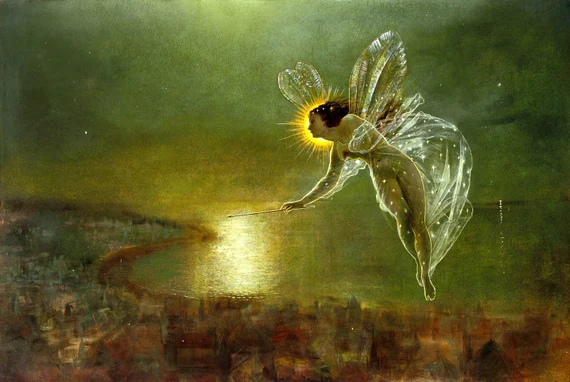
John Ronald Reuel Tolkien, the author of The Hobbit and the Lord of the Rings Trilogy, significantly influenced modern fantasy by reviving elves as noble ancient beings and as warriors. In Postmodern Fantasy, Filmmakers Guillermo del Toro and Peter Jackson reshaped fairies and elves in a more complex and darker way (Capucine, 2017; Radford, 2017). Also in the 19th century, elves became Santa’s helpers, known as Christmas Elves (Radford, 2017).This demonstrates that the fairy tradition evolved alongside religious and literary changes, shifting from fearsome spirits to literary characters (Hutton, 2014).
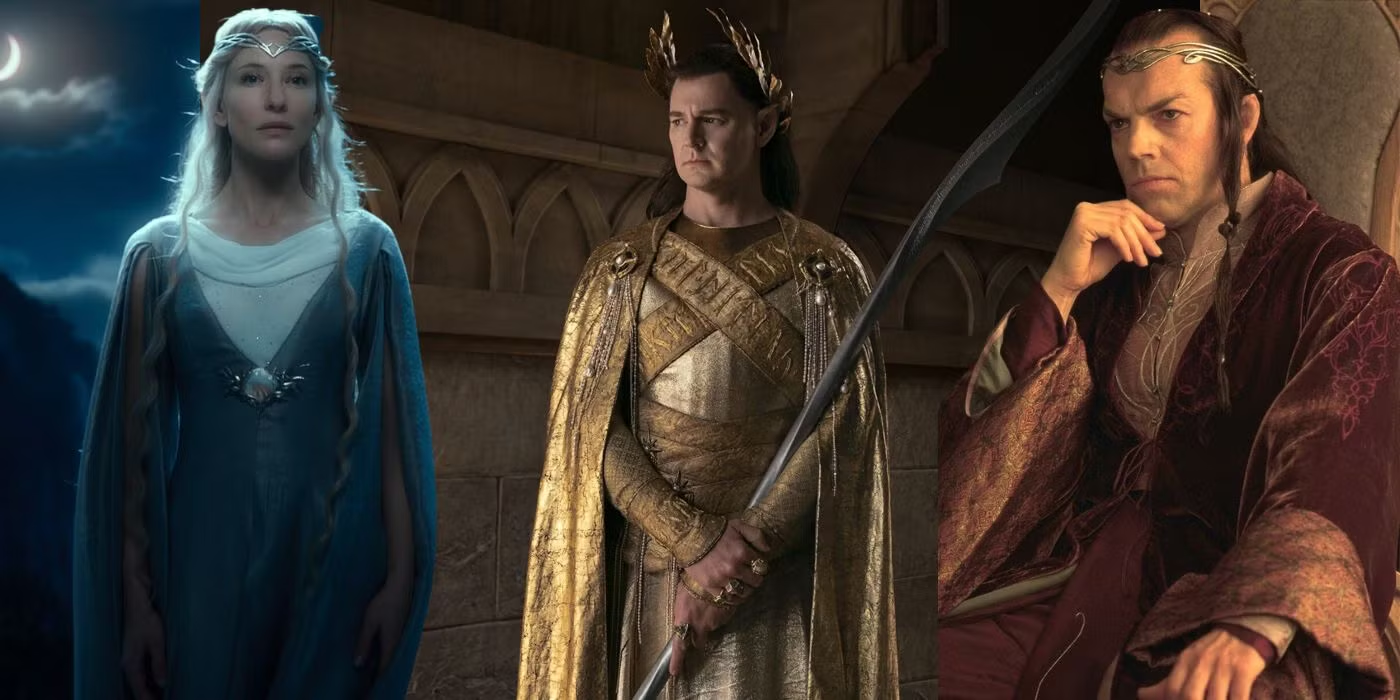
So, fairies are deeply rooted in human culture. They are more than just fantasy figures and reflect social values, morality or the relationship between humans and nature. These creatures are symbols for cultural anxieties, gender dynamics and human desires. Proving they are so much more than the enchanted and kind souls depicted in literature and movies for children, such as Tinkerbell, Peter Pan or Barbie: Fairytopia.
